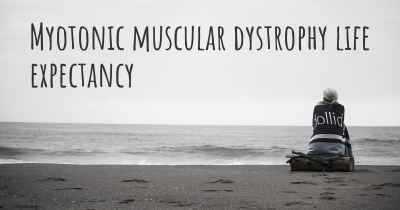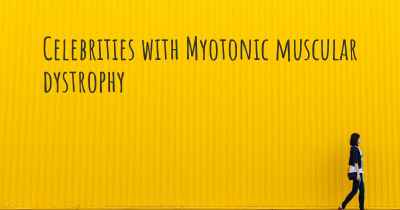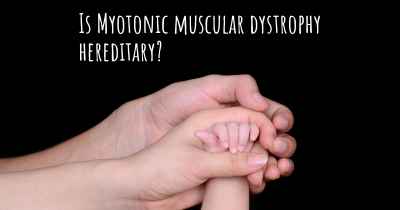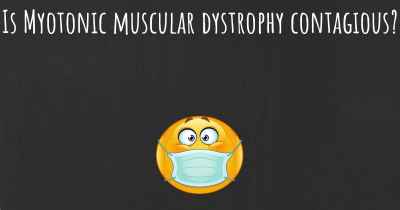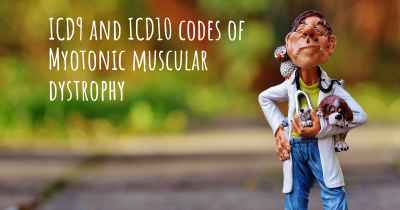How is Myotonic muscular dystrophy diagnosed?
See how Myotonic muscular dystrophy is diagnosed. Which specialists are essential to meet, what tests are needed and other useful information for the diagnosis of Myotonic muscular dystrophy
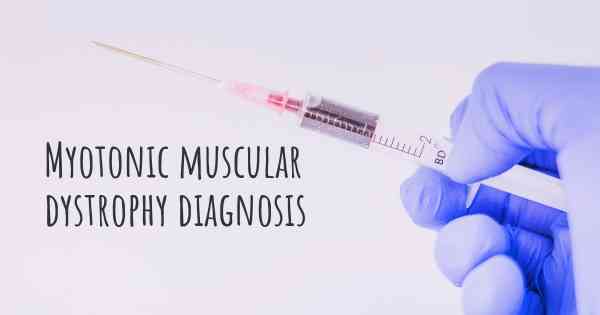
Myotonic muscular dystrophy (MMD) is a genetic disorder characterized by progressive muscle weakness and wasting. It is caused by an abnormal expansion of repeated DNA sequences in certain genes. There are two types of MMD: type 1 (DM1) and type 2 (DM2). Both types share similar symptoms, but they are caused by different gene mutations.
Diagnosing MMD involves a combination of clinical evaluation, genetic testing, and electromyography (EMG) to confirm the presence of the disease. The diagnostic process typically includes the following steps:
- Medical history and physical examination: The first step in diagnosing MMD is a thorough evaluation of the patient's medical history and a comprehensive physical examination. The doctor will look for characteristic signs and symptoms of MMD, such as muscle weakness, myotonia (delayed muscle relaxation), muscle wasting, and other associated features.
- Family history: Since MMD is a genetic disorder, it often runs in families. Gathering information about the patient's family history can provide valuable insights into the likelihood of MMD and help guide further diagnostic testing.
- Genetic testing: Genetic testing is a crucial step in diagnosing MMD. It involves analyzing the DNA of the patient to identify the specific gene mutation responsible for the disease. In the case of DM1, the mutation occurs in the DMPK gene, while DM2 is caused by a mutation in the CNBP gene. Genetic testing can be performed using a blood sample or other tissue samples, and it can accurately determine whether the patient has MMD and which type they have.
- Electromyography (EMG): EMG is a diagnostic procedure that measures the electrical activity of muscles. It can help confirm the presence of myotonia, which is a hallmark feature of MMD. During an EMG, small electrodes are inserted into the muscles, and the electrical signals produced by the muscles are recorded and analyzed. In MMD, the EMG may show characteristic abnormalities, such as prolonged muscle contraction and increased muscle irritability.
- Additional tests: In some cases, additional tests may be performed to assess the extent of muscle involvement and to rule out other conditions that may mimic MMD. These tests may include muscle biopsies, imaging studies (such as MRI or CT scans), and cardiac evaluations to assess heart function.
Challenges in diagnosing MMD
Diagnosing MMD can be challenging due to the variability in symptoms and the overlap with other neuromuscular disorders. The symptoms of MMD can be subtle and may initially be attributed to other conditions. Additionally, the age of onset, severity, and progression of the disease can vary widely among individuals.
Furthermore, the genetic testing for MMD requires specialized laboratories and expertise. The analysis of the repeated DNA sequences can be complex, and the interpretation of the results requires careful consideration of various factors.
Conclusion
Diagnosing Myotonic muscular dystrophy involves a combination of clinical evaluation, genetic testing, and electromyography. The process begins with a thorough medical history and physical examination, followed by genetic testing to identify the specific gene mutation responsible for the disease. Electromyography is then performed to confirm the presence of myotonia. Additional tests may be conducted to assess muscle involvement and rule out other conditions. However, diagnosing MMD can be challenging due to the variability in symptoms and the need for specialized genetic testing. Therefore, it is essential to consult with healthcare professionals experienced in neuromuscular disorders to ensure an accurate diagnosis.
